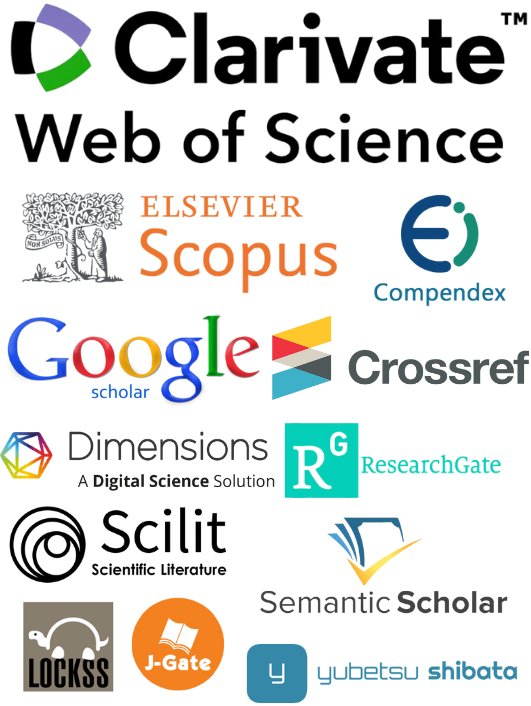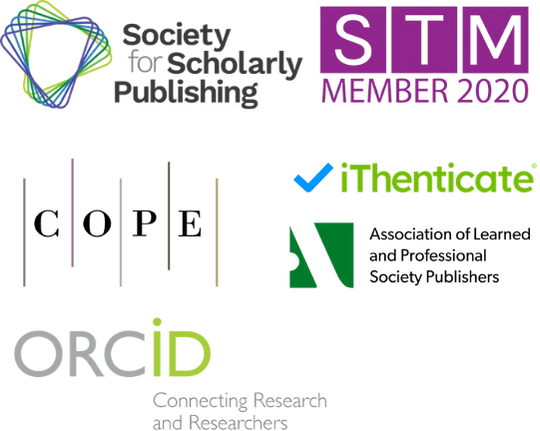Cross-Border Integration of Chinese Traditional Opera and Animation under Digital Technology
DOI:
https://doi.org/10.71222/jjk6fz52Keywords:
Chinese opera, digital technology, cultural heritage, artistic innovation, dissemination effectAbstract
The advancement of digital technology has provided unprecedented opportunities for the cross-border integration of traditional Chinese opera and animation, promoting the innovative development and inheritance of traditional culture. However, there is still a lack of systematic research on the specific paths and impacts of this integration. This article aims to explore how digital technology can promote the combination of traditional Chinese opera and animation, in order to enhance the artistic expressiveness and the effectiveness of its dissemination. In this research, the article adopts qualitative research methods, including text analysis and case studies, to deeply analyze successful works that have integrated opera and animation in recent years, aiming to summarize their artistic characteristics and innovative models. The research finds that the flexibility and creativity of animation can enhance the expressiveness of opera, making stylized movements, character images and storylines more dynamic and visually impactful, thereby attracting a wider audience. In addition, digital technology gives traditional opera elements a new visual context, enabling them to regain new vitality. However, the research also shows that in the process of animating traditional opera, how to find a balance among audience perception, artistic expression and business models remains a challenge that needs to be addressed urgently. Through case analysis and integration with traditional cultural elements, the rational application of digital technology and animation techniques can not only promote the innovative expression of traditional Chinese opera, but also broaden its dissemination channels and enhance its appeal among younger audiences. In the future, the practice of opera animationization needs to explore more diversified forms of expression while maintaining the core value of opera culture, in order to achieve the modernized inheritance of traditional culture.
References
1. F. M.-Y. Chung, "Utilising technology as a transmission strategy in intangible cultural heritage: the case of Cantonese opera performances," Int. J. Herit. Stud., vol. 30, no. 2, pp. 210–225, 2024, doi: 10.1080/13527258.2023.2284723.
2. Y.-P. Jiang, C. Su, and X.-C. Li, "Virtual reality technology for the digital dissemination of traditional Chinese opera culture," Int. J. Hum.-Comput. Interact., vol. 41, no. 4, pp. 2600–2614, 2025, doi: 10.1080/10447318.2024.2327180.
3. Q. Chen et al., "The sustainable development of intangible cultural heritage with AI: Cantonese opera singing genre classi-fication based on CoGCNet model in China," Sustainability, vol. 14, no. 5, p. 2923, 2022, doi: 10.3390/su14052923.
4. Y. Yang and T. Lei, "The inheritance and future development direction prediction of opera culture based on cloud commu-nication under the background of big data," J. Sensors, vol. 2022, no. 1, p. 1910766, 2022, doi: 10.1155/2022/1910766.
5. C. Lv et al., "Schoolchildren’s motivation for viewing Chinese opera animation according to opera genre," PLoS One, vol. 18, no. 10, p. e0292744, 2023, doi: 10.1371/journal.pone.0292744.
6. J. Yu et al., "Centennial drama reimagined: An immersive experience of intangible cultural heritage through contextual storytelling in virtual reality," ACM J. Comput. Cult. Herit., vol. 18, no. 1, pp. 1–22, 2025, doi: 10.1145/3705613.
7. Z. Zhang and A. Thotham, "Literacy strategies for the preservation and contemporary development of Chinese Luoyang Quju opera," Int. J. Educ. Lit. Stud., vol. 12, no. 3, pp. 180–186, 2024, doi: 10.7575/aiac.ijels.v.12n.3p.180.
8. C. Zou et al., "Sounds of history: A digital twin approach to musical heritage preservation in virtual museums," Electronics, vol. 13, no. 12, p. 2388, 2024, doi: 10.3390/electronics13122388.
9. S. Guo, Y. Zhang, and Z. Sun, "Digital empowerment of excellent traditional Chinese music culture education," in Proc. Int. Conf. Hum.-Comput. Interact., Cham, Switzerland: Springer, 2024, pp. 157–169, doi: 10.1007/978-3-031-60012-8_14.
10. N. Hong, "Digital-media-based interaction and dissemination of traditional culture integrating using social media data an-alytics," Comput. Intell. Neurosci., vol. 2022, p. 5846451, 2022, doi: 10.1155/2022/5846451.
Downloads
Published
Issue
Section
License
Copyright (c) 2025 Jinling Dai, Husaini Yaacob (Author)

This work is licensed under a Creative Commons Attribution 4.0 International License.


